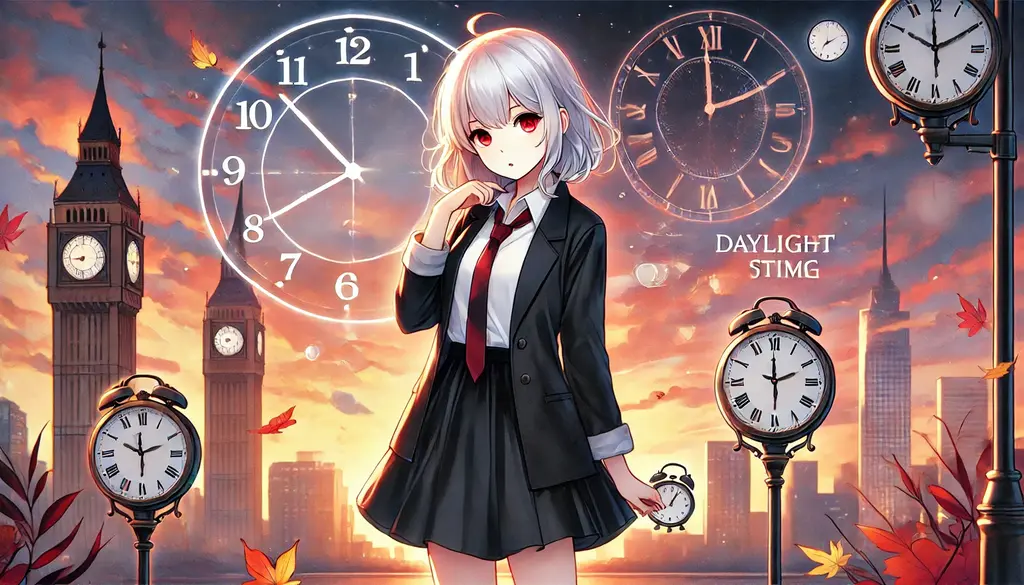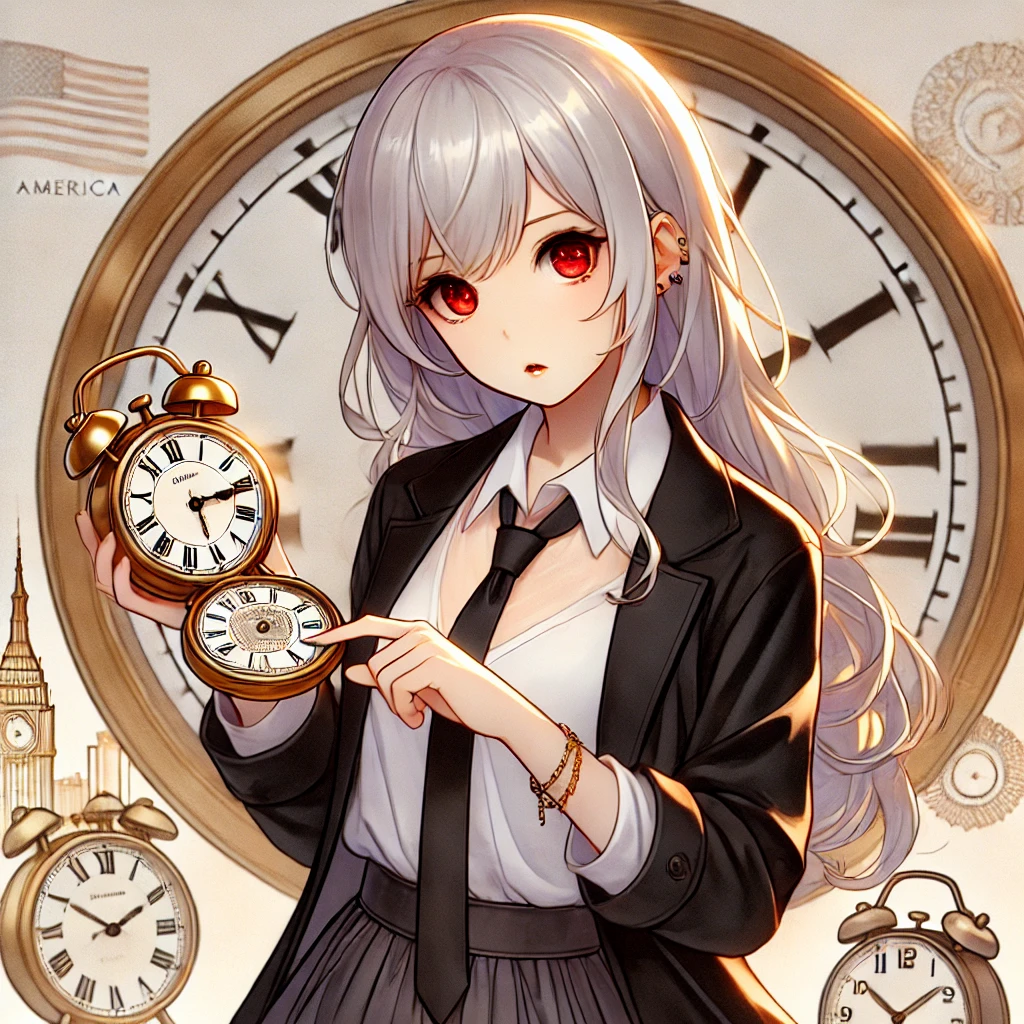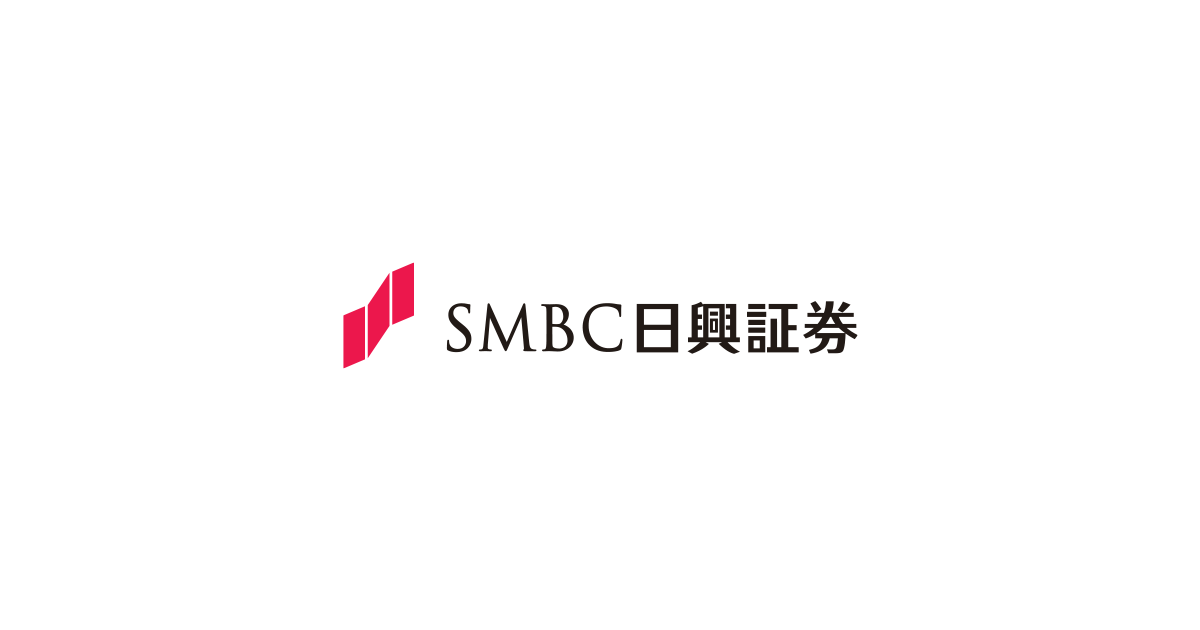- 1 1. What is the U.S. Daylight Saving Time system? Understanding the time difference with Japan
- 2 2. When do the start and end dates of Daylight Saving Time occur? Yearly changes
- 3 3. Advancing or Reversing the Clock? Tasks During Daylight Saving Time Switch
- 4 4. How to Remember Daylight Saving Time and Standard Time! The meaning of “Spring forward, fall back”
- 5 5. Check the Time Difference with Japan by Time Zone! Avoid Confusion
- 6 Summary
- 7 Frequently Asked Questions
- 8 Reference Sites
1. What is the U.S. Daylight Saving Time system? Understanding the time difference with Japan
Basic Principles of Daylight Saving Time
In the United States, Daylight Saving Time (DST) is widely observed. The system involves advancing clocks by one hour from spring to fall in an effort to extend daylight in the evenings. Specifically, it is in effect from the second Sunday in March to the first Sunday in November each year.
Changes During the Daylight Saving Period
When Daylight Saving Time begins, clocks are moved forward one hour at 2 a.m. on a specific day, making it 3 a.m. This shortens the day to 23 hours. Conversely, when DST ends, clocks are set back one hour at 2 a.m., returning to 1 a.m., lengthening the day to 25 hours. This creates a temporary extra hour, allowing for a relaxed start.
Time Difference with Japan
The time difference between Japan and the United States is significant, and it fluctuates with the implementation of Daylight Saving Time. For example, during DST, New York is 13 hours behind Japan, whereas outside DST it is 14 hours behind. In Los Angeles, the difference is 16 hours during DST and 17 hours outside DST. Therefore, when contacting the U.S. from Japan, it is important to be aware of these time changes.
Key Points to Note
Because the United States is vast, different time zones exist across regions. Therefore, it is important to understand that the specific time difference varies depending on your location. Additionally, there are many points that must be calculated when Daylight Saving Time starts and ends, especially for business and school schedules. Neglecting these adjustments can result in missing meetings or classes.
Understanding this system will help you navigate life in the United States more smoothly. Grasping the U.S. Daylight Saving Time system is also crucial for ensuring smooth communication between Japan and the U.S.

2. When do the start and end dates of Daylight Saving Time occur? Yearly changes
American Daylight Saving Time (DST) is implemented each year according to a fixed schedule. The time changes occur twice a year, in spring and fall. Let’s take a closer look at the specific dates.
Start Date of Daylight Saving Time
Daylight Saving Time begins each year on the second Sunday of March. At 2 a.m. on that day, clocks are moved forward one hour. For example, in 2023 DST began on March 12. That day actually has only 23 hours; when the time reaches 2 a.m., it immediately jumps to 3 a.m.
- 2024: March 10
- 2025: March 9
- 2026: March 8
- 2027: March 14
End Date of Daylight Saving Time
Daylight Saving Time ends on the first Sunday of November. On that day, at 2 a.m., clocks are set back one hour. In 2023, this day was November 5. That day actually has 25 hours; when the time reaches 2 a.m., it is set back to 1 a.m.
- 2024: November 3
- 2025: November 2
- 2026: November 1
- 2027: November 7
Yearly Changes
The start and end dates of DST generally remain unchanged, but in certain years adjustments may be made due to special circumstances. Looking at the history so far, most years have followed the schedule as planned. However, changes in laws or policies could alter this in the future.
This system, aimed at energy conservation and improving daily rhythms, is used by many people each year. When these time changes occur, smartphones and computers usually adjust the time automatically, but traditional analog clocks and home clocks require manual adjustment, so it’s important not to forget to do so.
3. Advancing or Reversing the Clock? Tasks During Daylight Saving Time Switch
Adjusting the clock at the start and end of Daylight Saving Time is an annual tradition. By understanding the proper procedures, you can manage time more efficiently.
Operations at the Start of Daylight Saving Time
Daylight Saving Time begins at 2 a.m. on the second Sunday in March each year. At that time, you need to advance the clock by one hour. Specifically, when it reaches 2 a.m., you must set it to 3 a.m. This adjustment allows you to make the most of the daylight hours.
Prepare in advance: On the day DST starts, it’s recommended to go to bed earlier than usual. Considering the impact on your regular sleep schedule, it’s important to finish preparations in advance.
Check automatic setting function: While recent smartphones and digital clocks automatically adjust for DST, analog clocks and some devices require manual adjustment, so be careful.
Operations at the End of Daylight Saving Time
Daylight Saving Time ends at 2 a.m. on the first Sunday in November each year. At that time, you need to set the clock back by one hour. When it reaches 2 a.m., set it to 1 a.m. to return to standard time.
Leisurely morning: By setting the clock back, you effectively gain an extra hour, so on the day DST ends you can enjoy a more relaxed morning than usual.
Review your schedule: Before DST ends, it’s important to recheck your planned events and work times. By setting the clock back, you can avoid arriving earlier than expected.
Points to Pay Attention To
When you have special appointments or travel: After the DST start date, you may be an hour late. Use a calendar or reminder to avoid forgetting.
Check device settings: Smartphones and computers usually adjust automatically, but analog clocks and household appliances often require manual adjustment, so be sure to verify.
By understanding these points, you can smoothly transition between Daylight Saving Time and minimize the impact on your daily life.

4. How to Remember Daylight Saving Time and Standard Time! The meaning of “Spring forward, fall back”
In the United States, daylight saving time is observed, and the phrase “Spring forward, fall back” is very helpful as a mnemonic for adjusting the clock. It’s a simple way to remember the clock changes in spring and fall.
In spring, advance the clock
- Spring forward means “advance the clock in spring.” Specifically, on the second Sunday in March when daylight saving time begins, you move the clock forward one hour from 2 a.m. to 3 a.m. This extends the daylight in the evening, letting you enjoy a pleasant twilight.
In fall, rewind the clock
- fall back means “rewind the clock in fall.” On the first Sunday in November when daylight saving time ends, you set the clock back one hour from 2 a.m. to 1 a.m. This change gives you extra time to wake up comfortably the next morning.
The catchy sound of the phrase
This phrase is rhythmic and visually clear. Because the actions “advance in spring” and “rewind in fall” can be vividly imagined, it naturally helps you remember the daylight saving time changes.
Examples of everyday use
For example, when talking about daylight saving time with a friend, you might say, “This weekend is Spring forward, so don’t forget to advance the clock before bed!” or, as fall approaches, “Next Monday is Fall back, so remember to rewind the clock!” By using this phrase in everyday life, you’ll find it easier to remember the daylight saving time adjustments.
Please learn this simple phrase and use it to smoothly handle the start and end of daylight saving time. Enjoying the adjustments will make your daily life richer.
5. Check the Time Difference with Japan by Time Zone! Avoid Confusion
The United States spans a vast territory with multiple time zones. Because the time difference from Japan varies by region, extra caution is needed for international communication and travel. Here, we’ll take a detailed look at the time differences between Japan and each U.S. region by time zone.
1. Eastern Time (ET)
- Daylight Saving Time: The time difference from Japan is 13 hours.
- Standard Time: The time difference from Japan is 14 hours.
This time zone, which includes New York and Washington D.C., has business hours that differ from Japan’s, so extra caution is needed when making business contacts.
2. Central Time (CT)
- Daylight Saving Time: The time difference from Japan is 14 hours.
- Standard Time: The time difference from Japan is 15 hours.
Cities such as Chicago and Dallas are in this region, and the one-hour difference can affect the timing of business meetings and phone calls.
3. Mountain Time (MT)
- Daylight Saving Time: The time difference from Japan is 15 hours.
- Standard Time: The time difference from Japan is 16 hours.
In Mountain regions like Denver and Phoenix, the time difference from Japan is slightly larger, which can especially impact travel planning.
4. Pacific Time (PT)
- Daylight Saving Time: The time difference from Japan is 16 hours.
- Standard Time: The time difference from Japan is 17 hours.
This time zone, which includes Los Angeles and San Francisco, hosts many Japanese visitors in tourist and business areas, so extra caution is needed. In film sets and similar venues, it’s common to calculate the time difference from Japan when scheduling interviews or meetings.
5. Alaska Time (AKT)
- Daylight Saving Time: The time difference from Japan is 17 hours.
- Standard Time: The time difference from Japan is 18 hours.
In Alaska, strong natural factors mean the time difference can significantly affect Japan’s business culture.
6. Hawaii-Aleutian Time (HAST)
- No Daylight Saving Time: The time difference from Japan is 18 hours (in most cases).
- Standard Time: The time difference from Japan is 19 hours.
In Hawaii, the large time difference can make business interactions with Japan challenging, so extra caution is needed. Popular tourist destinations frequented by many Japanese require careful time difference management and schedule adjustments.

Thus, the time difference from Japan varies by U.S. region. Check the exact time before departure and use it to plan business or travel.
Summary
By understanding the U.S. daylight saving time system, you can accurately grasp the changes in time differences between Japan and the U.S., enabling smooth communication. Making it a habit to advance or rewind your clock also helps avoid disruptions to daily life. Additionally, checking the time differences for each region in advance will prevent time adjustment difficulties during business or travel, allowing you to act efficiently. By grasping how daylight saving time works and using it skillfully, you should be able to enjoy a more comfortable life in the U.S.
Frequently Asked Questions
What is the U.S. Daylight Saving Time system?
In the United States, Daylight Saving Time (DST) is widely observed, with clocks moved forward by one hour from spring to fall to extend daylight in the evenings. Specifically, it runs from the second Sunday in March to the first Sunday in November. Because of this, the time difference between the U.S. and Japan changes, so be careful when communicating.
When does Daylight Saving Time start and end?
U.S. Daylight Saving Time begins on the second Sunday in March and ends on the first Sunday in November. Clocks are set forward one hour in the spring and back one hour in the fall, with adjustments twice a year. However, changes in law or policy could alter the start and end dates.
How should I adjust my clock during Daylight Saving Time transitions?
At the start of Daylight Saving Time, set your clock forward one hour at 2 a.m., so it reads 3 a.m. Conversely, at the end, set it back one hour at 2 a.m., so it reads 1 a.m. Smart devices will switch automatically, but analog clocks and some appliances require manual adjustment, so be careful.
Do you have any tips for remembering Daylight Saving Time changes?
The phrase ‘Spring forward, fall back’ is handy. It reminds you to move the clock forward one hour in the spring and back one hour in the fall. The rhythmic wording makes it easy to remember visually as well.












